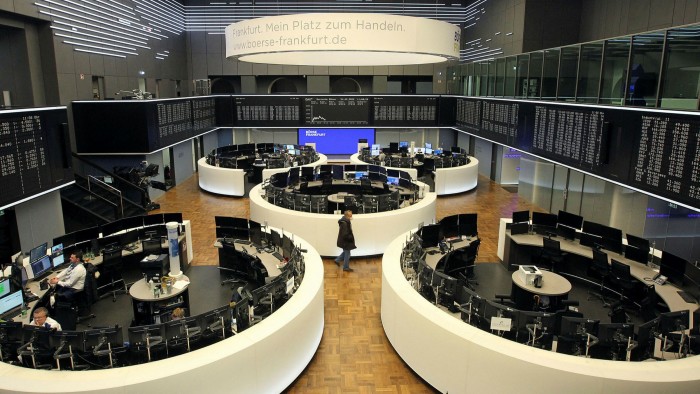Invesco launches onshore China equity ETFs in Europe

Simply sign up to the Exchange traded funds myFT Digest -- delivered directly to your inbox.
Latest news on ETFs
Visit our ETF Hub to find out more and to explore our in-depth data and comparison tools
Invesco has added two onshore Chinese equity exchange traded funds to its line-up, both of which will use swaps to offer a synthetic replication model.
The Invesco S&P China A 300 Swap and Invesco S&P China A MidCap 500 Swap Ucits ETFs have been launched on exchanges in the UK, Germany, Italy and Switzerland.
The first product aims to track the performance of an S&P index that comprises 300 of the largest stocks on the A-share market, while the second ETF tracks an index made up of the next-largest 500 stocks.
Gary Buxton, Invesco’s head of ETFs and indexed strategies in Europe, the Middle East and Africa, said: “China already boasts the second-largest equity market in the world, and it’s increasingly diverse.

This article was previously published by Ignites Europe, a title owned by the FT Group.
“Our ETFs aim to provide investors an opportunity to be more precise with their exposure.”
According to Invesco, both indices focus only on the shares of companies incorporated in mainland China and traded in renminbi on the Shanghai and Shenzhen stock exchanges.
The asset manager added that, unlike some competing benchmarks, both indices remove companies on the Office of Foreign Assets Control sanctions list.
Each ETF will aim to achieve its investment objective by holding a basket of quality securities and engaging in swap contracts with one or more large investment banks.
The securities are typically not the same as in the index but are expected to provide an investment return for the ETF.
Chris Mellor, head of equity and commodity ETF product management for the Emea region at Invesco, said: “The dynamic of China’s onshore equity market can offer a structural advantage for synthetic replication.
“Quant desks and hedge funds running market-neutral strategies don’t have access to traditional methods for hedging the market risk, so they often use index derivatives written by banks.”
*Ignites Europe is a news service published by FT Specialist for professionals working in the asset management industry. It covers everything from new product launches to regulations and industry trends. Trials and subscriptions are available at igniteseurope.com
Latest news on ETFs
Visit our ETF Hub to find out more and to explore our in-depth data and comparison tools

Comments